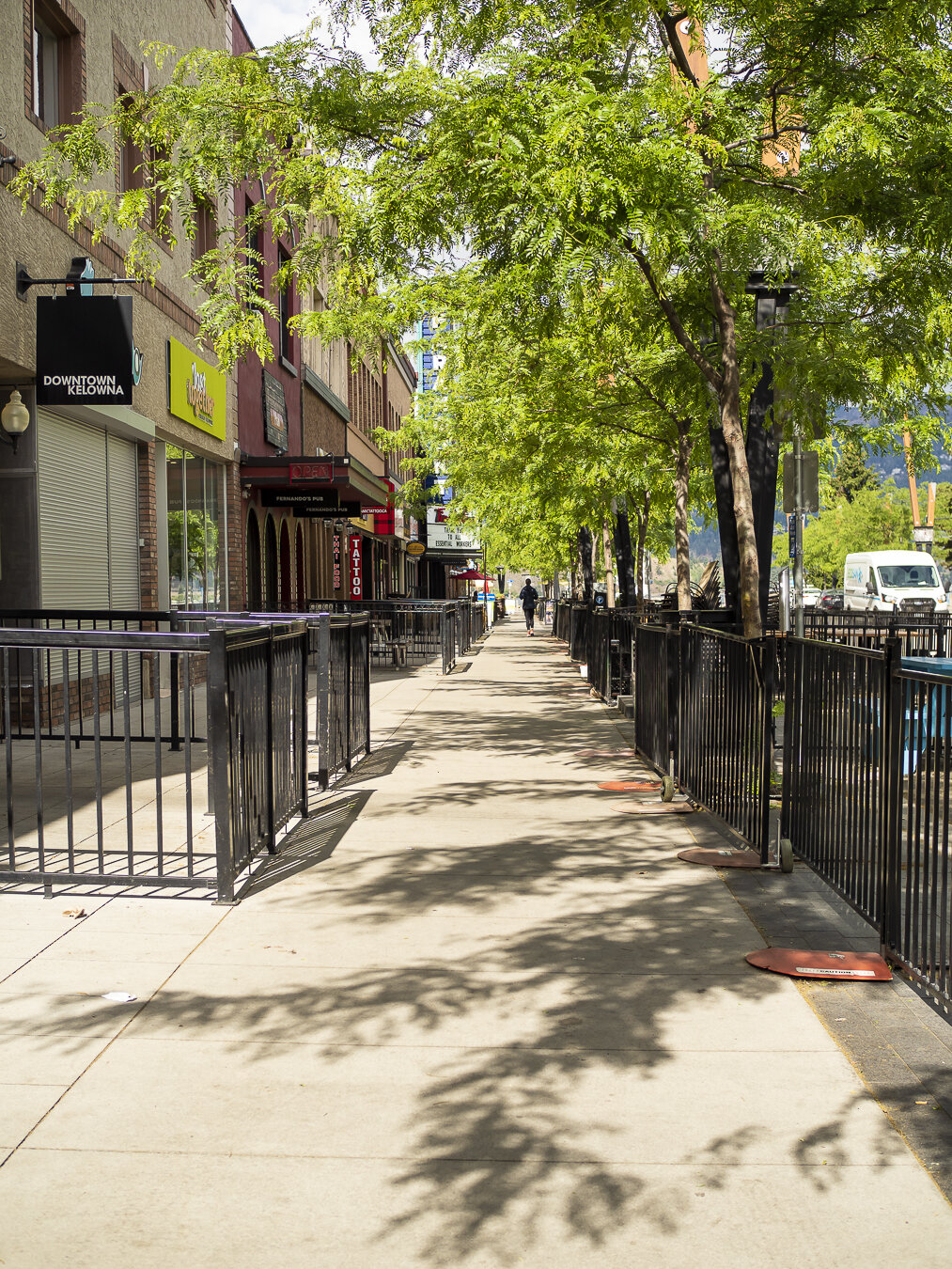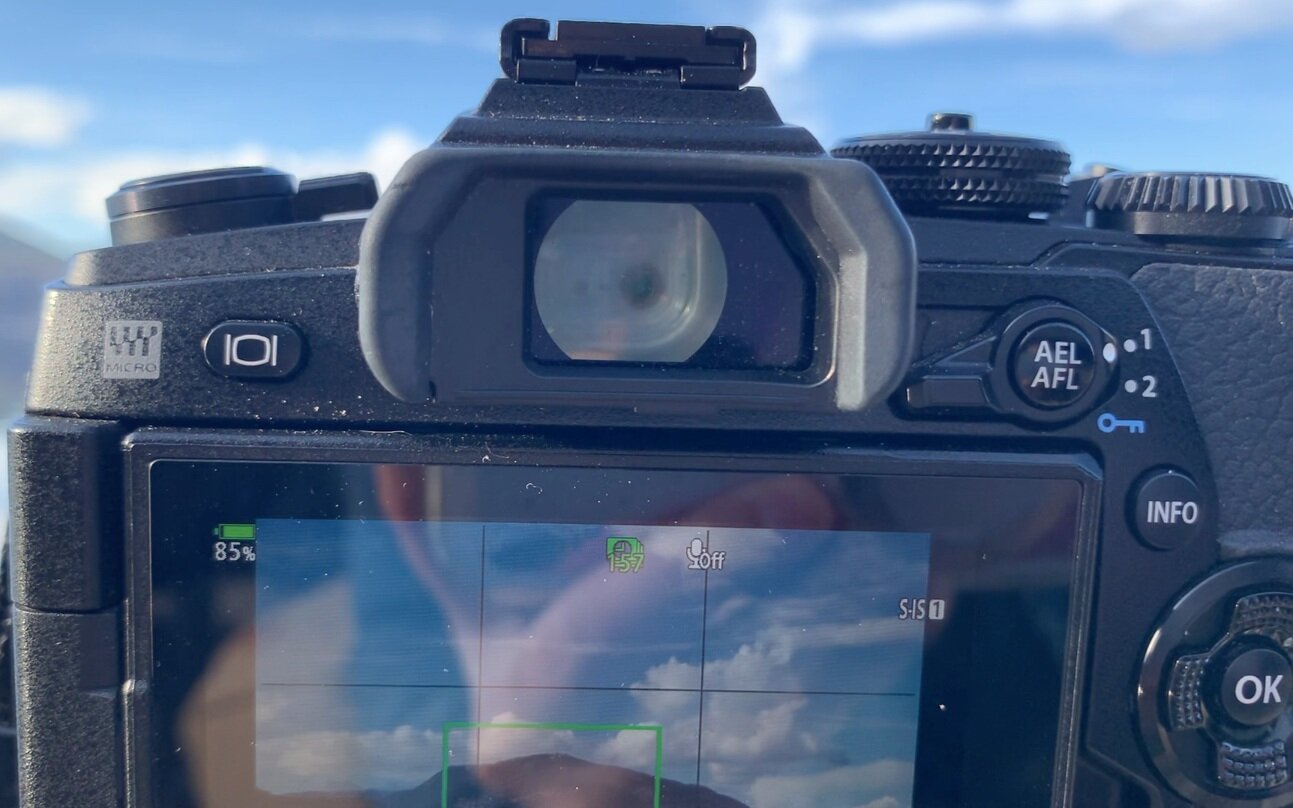Do I have any regrets?
There were times throughout the year that I did regret not purchasing the Mark III when I bought my Mark II. However, at the time the Mark III was more expensive and didn’t align with where I was with my photography. Overall, I love my Mark II and I don’t regret the purchase.
Would I upgrade or do I have plans to upgrade?
At some points throughout the past year I have thought about upgrading to the Mark III or the EM1X. However, I do not have any solid plans to upgrade. I’m in the middle of a mindset shift that focuses more on creative vision/eye. Investing more money and resources into refining my eye as a photographer.
Is there anything I would buy to assist with my photography goals?
There are some items on my shopping list that I would like to one day buy.
1) Olympus MC-20 Converter: This would be for my M.Zuiko 40-150mm. I would buy it to do more wildlife photography!
2) M.Zuiko 30mm or 60mm Macro Lens: I also have an interest in buying a macro lens so I could explore more macro photography.
3) Olympus Pen: I love bringing my camera everywhere with me. However, sometimes whipping out the EM1 Mark II with the M.Zuiko 12-40mm is a bit much for the environment I am in. Which is why I have debated purchasing the Olympus Pen for situations like this.
4) Olympus Film Camera: I haven’t researched this a ton as of yet. But ever since I inherited my grandfather’s old film camera I have had this interest in film camera’s - learning more about them, learning to take film photos, etc.,
5) New Camera Bag & Tripod: I also really want to buy a new camera bag for hiking. The one I have currently does the job but it’s not perfect. As well, a new tripod that is even lighter and compacter than the one I have now.
These are all items on my shopping list but I rarely now ever impulsively buy. I used to have a really bad shopping habit when I was younger and I would buy and buy and buy. Now, I maintain a list on my phone and when there is an item I want to buy I let it sit on the list to understand if its actually a need or just a temporary want.
Would I ever consider switching (camera brands)?
No, at least not right now. I can’t tell you what I might be feeling or the direction of my photography 10 or 20 years from now. However, at the moment I love my Mark II, I love the glass on the Olympus lenses, and I love the Olympus community.
Do I have a favourite lens?
My favourite lens switches from what I am interested in photographing at the time. When I was doing a lot of bird photography I always had the M.Zuiko 40-150 on my camera body and never left the house without it. Now that I am doing more hiking I absolutely love the M.Zuiko 12-40mm because it’s so versatile for me to get landscape photos then switch to get photos of the flowers on the mountain or self-portraits of us hiking.






















































































































































